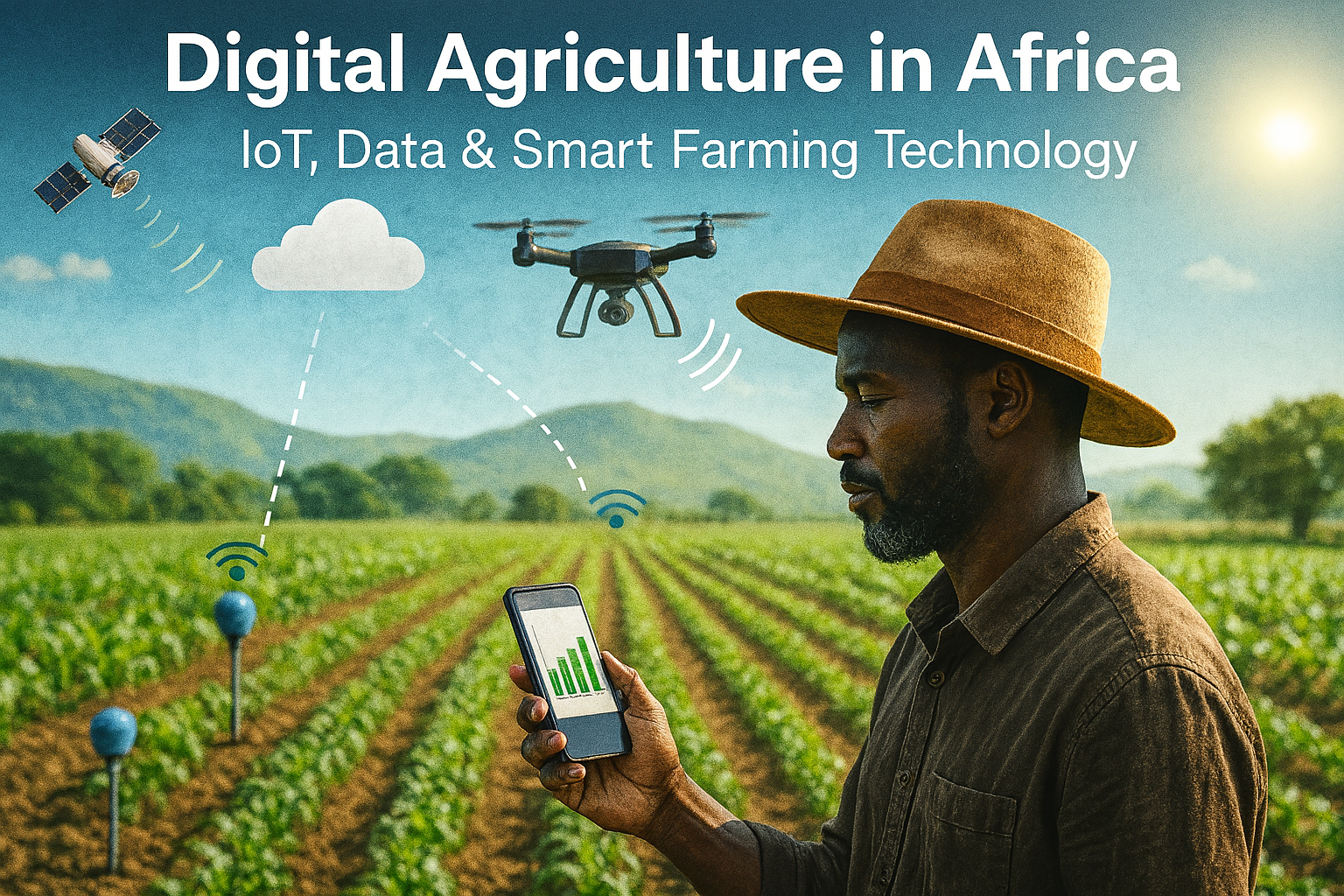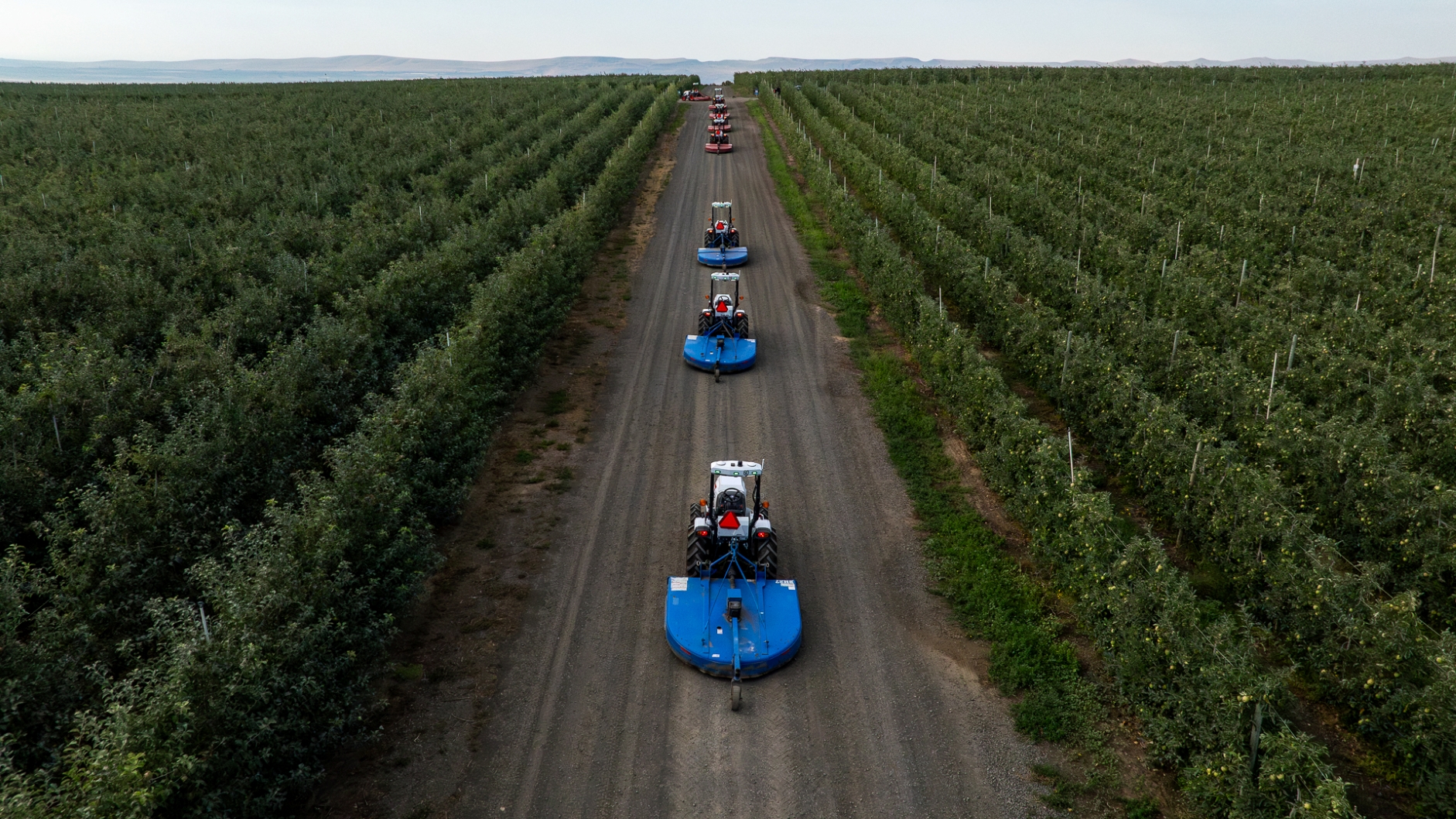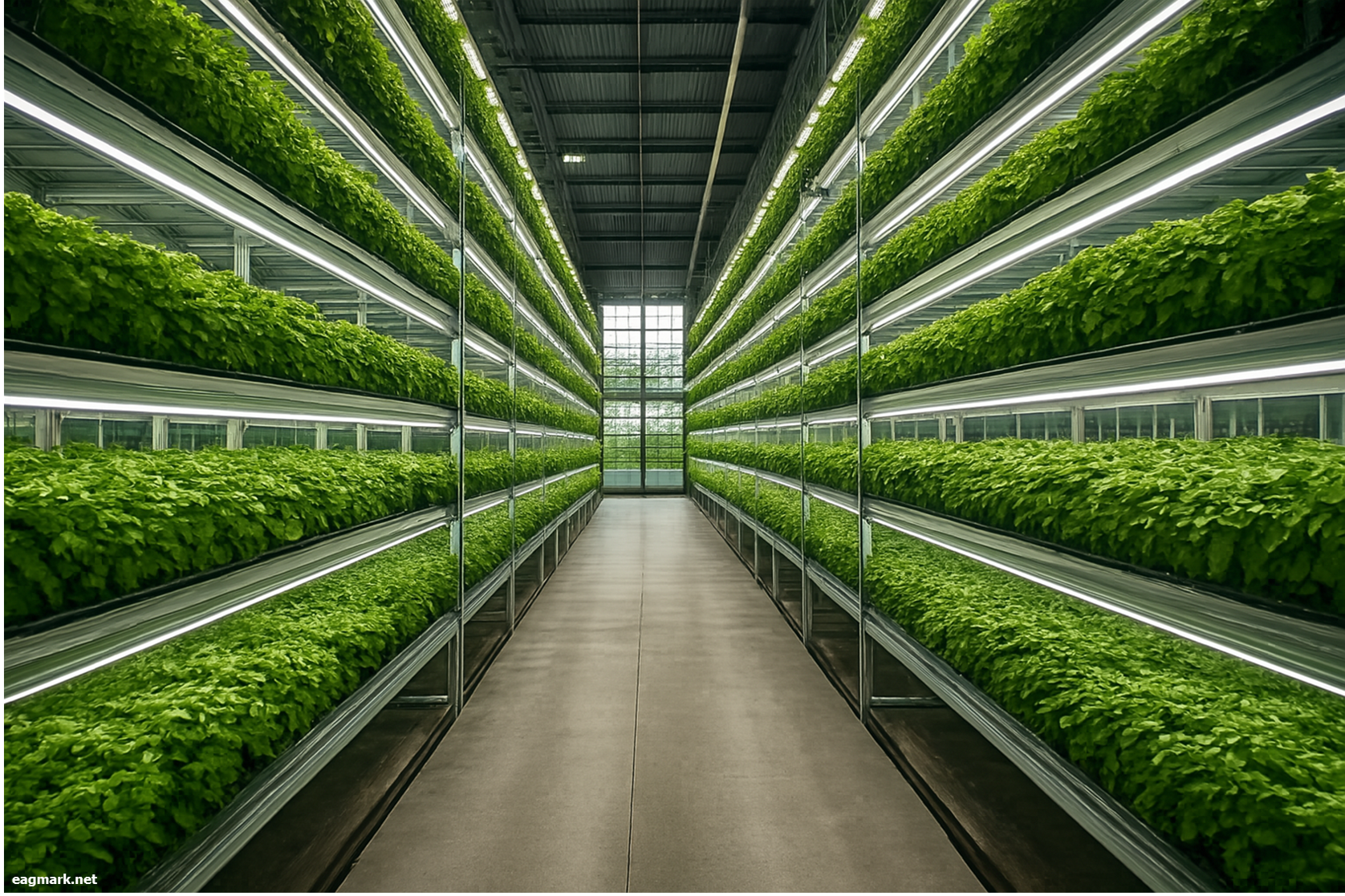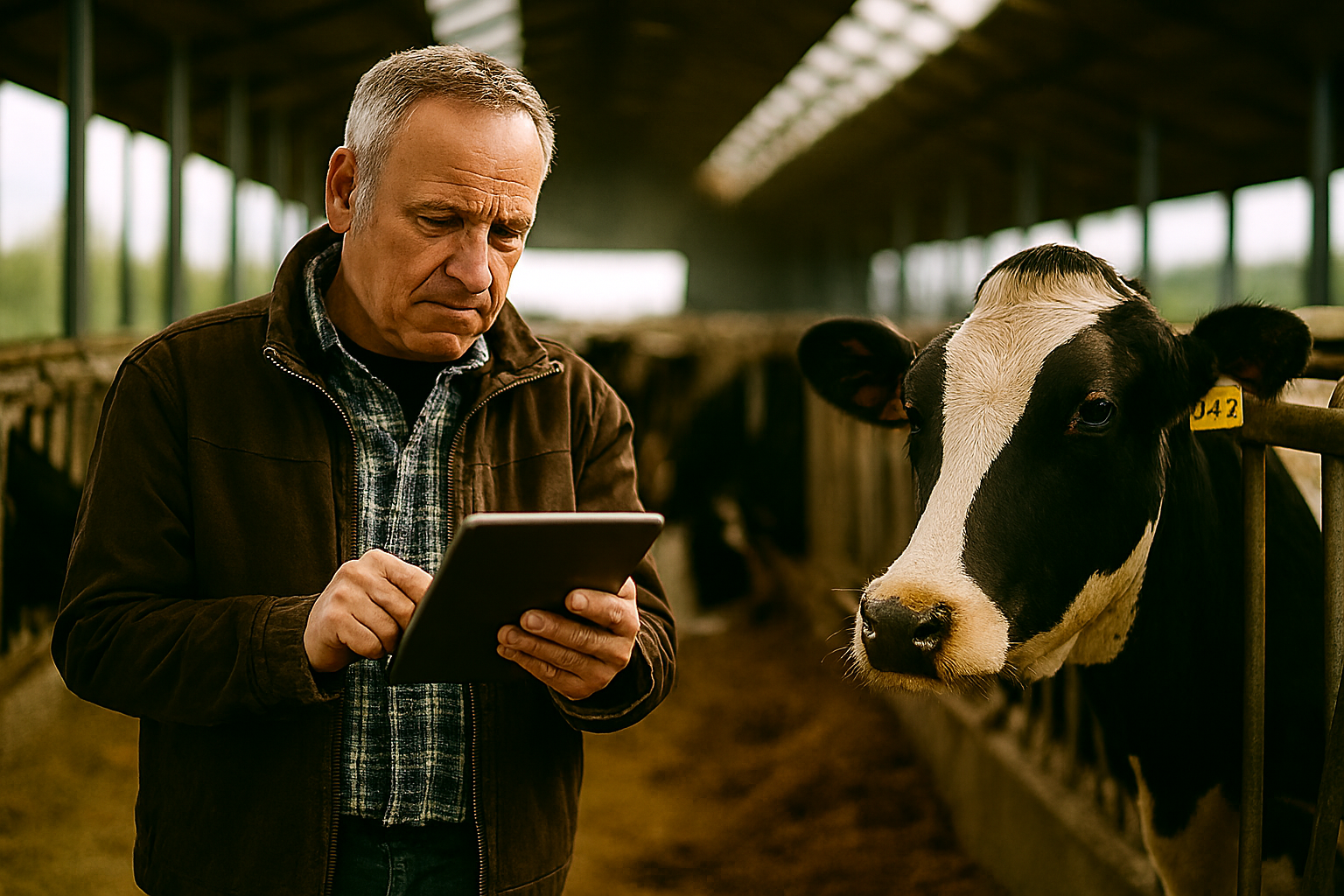
When Kenyan farmer James Mwangi checks his mobile phone each morning, he's not just scrolling through social media. He's reviewing real-time data about soil moisture levels in his maize fields, checking weather forecasts tailored to his specific location, and receiving alerts about potential pest outbreaks in his region.
Mwangi represents a growing number of African farmers who are embracing precision agriculture—a farming approach that uses technology to monitor crops and make data-informed decisions. It's a shift that researchers and development organizations believe could be transformative for a continent where agriculture employs roughly 60% of the workforce yet struggles with low productivity and food insecurity.
The Data Revolution Reaches the Farm
Precision farming isn't entirely new—it's been practiced in developed countries for decades. But what's different now is the technology's accessibility. According to the GSMA, mobile phone penetration in Sub-Saharan Africa reached 44% in 2023, and smartphone adoption continues to climb. This connectivity is creating opportunities that didn't exist even five years ago.
The approach works by collecting granular information about growing conditions. Sensors buried in fields track moisture levels. Satellite imagery monitors crop health across vast areas. Weather stations provide hyperlocal forecasts. All this information flows into platforms that farmers can access via smartphone apps or SMS.
Dr. Lindiwe Majele Sibanda, a food security expert and CEO of the Food, Agriculture and Natural Resources Policy Analysis Network (FANRPAN), explains the significance: "African farmers have always been highly skilled observers of their environment. What digital tools do is augment that knowledge with precision that was previously impossible at scale."
Take irrigation as an example. Traditional methods often involve guesswork or fixed schedules. With sensor data, farmers can see exactly which sections of their fields need water and when. Research from the International Water Management Institute suggests precision irrigation can reduce water usage by 20-40% while actually increasing yields.
Beyond the Field: Livestock and Supply Chains
The applications extend beyond crop farming. Livestock management is being transformed through wearable sensors that monitor animal health, breeding cycles, and feeding patterns. In Tanzania, dairy farmers are using such systems to detect diseases earlier and optimize milk production.
Meanwhile, the most significant impact might be in supply chain management. Africa loses an estimated 30-40% of its agricultural output to post-harvest losses, according to the African Development Bank. Much of this waste stems from poor coordination between farmers, transporters, processors, and markets.
Internet-connected systems are beginning to address this problem. Digital platforms now link farmers directly with buyers, providing price transparency and reducing the role of middlemen who have traditionally captured much of the value. Cold chain monitoring ensures perishable goods are maintained at proper temperatures during transport. Demand forecasting helps producers plan their planting to match market needs.
The Challenges Remain Substantial
Despite the promise, significant barriers persist. Infrastructure gaps remain a major constraint—many rural areas still lack reliable electricity and internet connectivity. The cost of sensors and other equipment can be prohibitive for smallholder farmers who operate on thin margins.
There's also a considerable digital literacy gap. While younger farmers are often quick to adopt new technologies, older generations may be more skeptical or lack the technical skills to use digital platforms effectively.
Dr. Agnes Kalibata, former Rwandan Minister of Agriculture and President of the Alliance for a Green Revolution in Africa (AGRA), acknowledges these challenges but remains optimistic. "We're seeing innovative financing models emerge—equipment-as-a-service, pay-as-you-go systems, farmer cooperatives pooling resources. The technology is becoming more affordable and user-friendly each year."
Privacy and data ownership questions also loom large. Who owns the data generated by farmers' fields? How is it being used? There's growing concern about large corporations accumulating valuable agricultural data from African farmers without adequate compensation or safeguards.
Government and Private Sector Initiatives
Several African governments are actively promoting agricultural digitalization. Rwanda's National Agricultural Export Development Board has partnered with technology companies to provide farmers with market information and traceability systems. Nigeria launched its E-Wallet system, which provides subsidies and agricultural inputs directly to farmers via mobile phones, reducing corruption and improving efficiency.
The private sector has also recognized the opportunity. Companies like Twiga Foods in Kenya and Farmcrowdy in Nigeria are building digital marketplaces that connect farmers with buyers and provide access to financing. International agricultural research centers like ICRISAT are developing AI-powered advisory services tailored to African growing conditions.
Looking Ahead
The trajectory seems clear: digital technology will play an increasingly central role in African agriculture. The Food and Agriculture Organization (FAO) projects that by 2030, the majority of African farmers will have access to some form of digital agricultural service.
What remains uncertain is whether this digital transformation will primarily benefit smallholder farmers or whether it will accelerate the consolidation of land into larger, corporate-owned farms. Ensuring equitable access to technology and maintaining policies that support small-scale producers will be crucial.
For farmers like James Mwangi, the technology has already made a tangible difference. "Last season, I increased my harvest by 35% while using less water and fertilizer," he says. "The data helps me understand my farm in ways I never could before."
As climate change makes weather patterns more unpredictable and Africa's population continues to grow—expected to reach 2.5 billion by 2050—the need for more efficient, sustainable farming practices has never been more urgent. Digital technology won't solve every challenge facing African agriculture, but it's becoming an increasingly important tool for farmers working to feed the continent.
This article is based on research from multiple sources including the Food and Agriculture Organization, African Development Bank, GSMA, and interviews with agricultural development experts across the continent.


